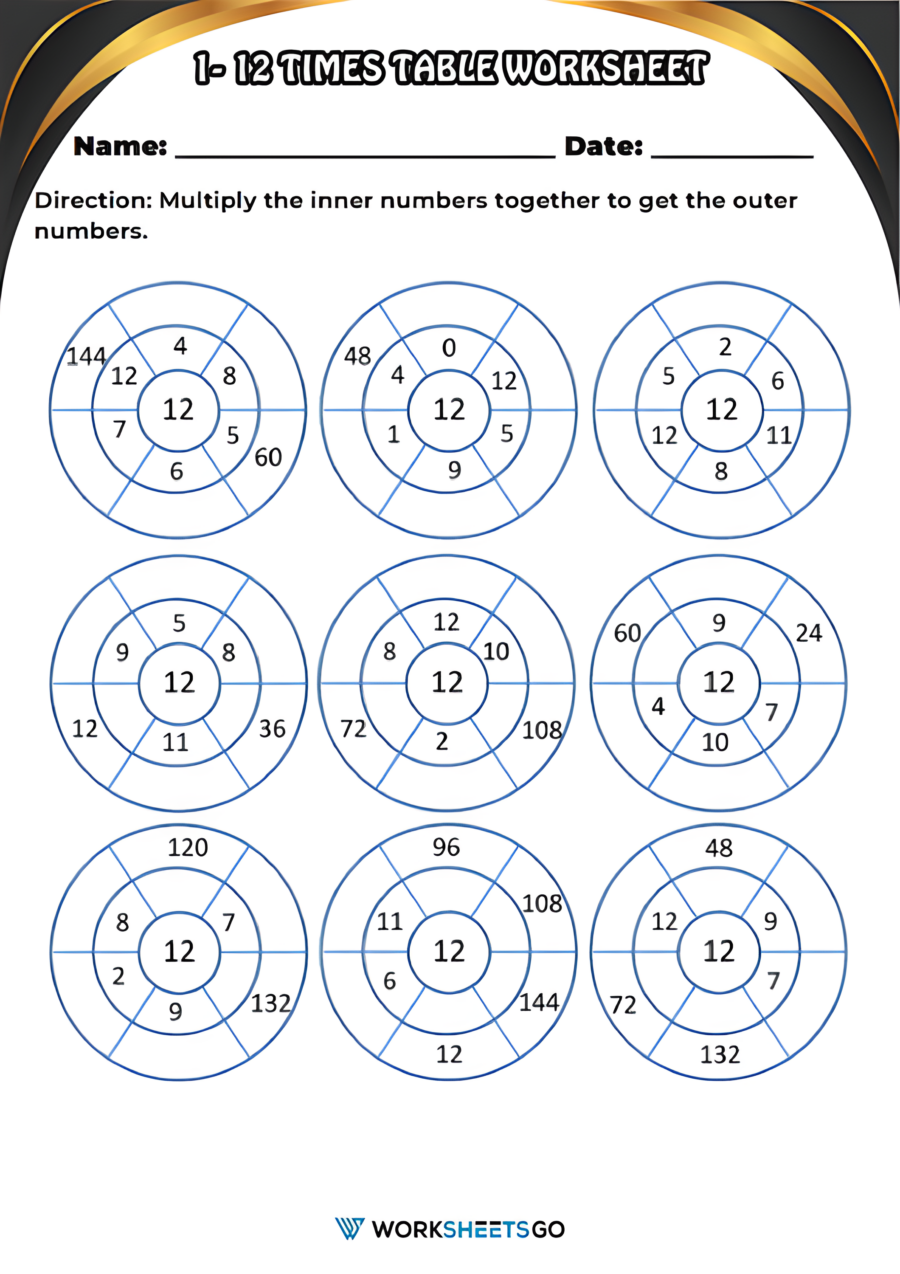Okay, so let’s talk about this “1 12” thing. It’s not some fancy math problem, trust me. It’s one of those little mysteries you stumble upon at work that just makes you scratch your head and go, “Seriously?”

How This Whole “1 12” Thing Started
I was digging through some old data, the kind of stuff that’s been sitting there since the dawn of time, probably entered on a computer that now belongs in a museum. And I kept seeing this “1 12” pop up. No explanation, no column header that made any sense. Just “1 12”. Sometimes it was “1 10”, sometimes “2 15”, you get the picture. It was like the system was trying to tell me something in a secret code only it understood.
My first thought? Typo. Or maybe some weird counter. But it appeared too consistently, and in places where it seemed to mean something important. You know, those fields that, if you mess them up, everything goes haywire. So, I couldn’t just ignore it. Typical, right? The most confusing things are always the most critical.
The Grand Investigation: My “Practice” Unveiled
So, my practice began. First, I did the usual: asked around. You know how that goes. Dave said, “Oh, that? Yeah, that’s… a thing.” Super helpful, Dave. Thanks. Sarah thought it might be related to an old project module, but couldn’t remember which one. Basically, a dead end.
Then I tried to look for documentation. Ha! Good one. Documentation for a system this old? It was probably written on a stone tablet and lost in a flood. I did find some ancient Word documents, full of blurry screenshots and notes like “Figure this out later.” Real helpful.
So, I had to roll up my sleeves. My “practice” became a bit like detective work. I started tracing where this data was coming from.

- First, I looked at the input forms, if any still existed. Some did, some were just legends.
- Then, I tried to find the database tables. Oh boy, the naming conventions! “TBL_FNL_DATA_V3_REVISED”. You know the drill.
- I spent a good couple of days, I think, just trying to match up what I saw on screen (or in reports) with what was actually stored. It was like trying to solve a puzzle with half the pieces missing and the other half chewed up by the dog.
I even tried entering some dummy data, just to see what would happen if I put in my own “X Y” combination. Risky, I know, but desperate times! Luckily, I was on a test system. Mostly. Let’s just say I was very careful.
The “Aha!” Moment: What “1 12” Actually Meant
Finally, after what felt like an eternity of poking around in the digital dust, I stumbled upon an old, forgotten Excel spreadsheet. It was buried deep in some archived network folder. This thing was ancient. The file extension was “.xls” not even “.xlsx”! And guess what? It was a kind of legend, a key to the map!
It turned out “1 12” wasn’t a single number or a weird fraction. It was two separate codes, just mashed together with a space.
- The ‘1’ stood for something like ‘Region Code’ or ‘Category Type’. Let’s say ‘1’ meant ‘North America’.
- And the ’12’ was a ‘Sub-Category Code’ or ‘Specific Identifier’. So, ’12’ might have meant ‘Active Clients’ within North America.
So “1 12” actually meant “North America – Active Clients”. Why, oh why, they didn’t just use two separate columns or a clearer label, I’ll never know. Probably some genius decided it saved database space back in 1998, or it looked cleaner on some long-dead report format. Who knows?
The funny thing is, once I figured it out, it was so simple. But the journey there? Pure agony. It was like they intentionally tried to make it obscure. What a pain!

So, yeah, that’s my little adventure with “1 12”. It wasn’t groundbreaking, it didn’t change the world, but it’s a good reminder. Sometimes the most frustrating problems have the simplest, and often silliest, explanations. And it really makes you appreciate good, clear data design when you see it. Which isn’t often enough, if you ask me!
